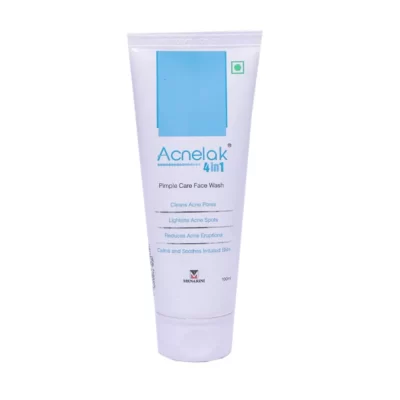Description
INTRODUCTION ABOUT RYZODEG FLEX TOUCH PEN 100IU
RYZODEG FLEX TOUCH PEN 100IU is a combination of Insulin Aspart and Insulin Degludec which belongs to the group of medicines called Antidiabetic agents. It is used to improve glycemic control in patients with diabetes mellitus (both Type I and Type II).
Diabetes mellitus is a chronic disease characterized by abnormally high levels of glucose in the blood. It is caused either due to inadequate production of a hormone called insulin (produced by pancreas to metabolize glucose) in the body or due to inadequate sensitivity of body cells to the actions of insulin.
RYZODEG FLEX TOUCH PEN 100IU is suitable for use both in adults and in children (aged 6 years or older). It must be injected beneath the skin (such as on the thigh, upper arm or abdomen). Avoid sharing needles, as it may increase the risk of infections. Along with the management, avoid smoking and alcohol consumption, and diet with regular physical activity as advised by your doctor.
Talk to your doctor before starting therapy with RYZODEG FLEX TOUCH PEN 100IU if you have any liver, kidney or heart problems. You must also inform your doctor if you have any hormonal problems, made sudden changes to your diet or perform intense exercise as a precaution.
Do not use this medicine if you have hypoglycemia (low blood sugar levels). Consult your doctor before using this medicine if you are pregnant or breastfeeding.
The most common side effects of receiving RYZODEG FLEX TOUCH PEN 100IU are low blood sugar levels, pain, redness, itching, swelling or thickening at the injection site, lump formation under the skin and swelling of body parts. Consult your doctor if any of these side effect troubles you.
USES OF RYZODEG FLEX TOUCH PEN 100IU
- It is used to improve glycemic control in patients with diabetes mellitus (both Type I and Type II)
HOW RYZODEG FLEX TOUCH PEN 100IU WORKS
RYZODEG FLEX TOUCH PEN 100IU helps your body to make utilize of the circulating blood glucose. It helps in the transport of glucose from the blood into the muscles and fat tissues. It also stops the production of glucose by the liver. As a result, it controls blood sugar levels and improves sugar control in patients with diabetes mellitus.
DIRECTIONS FOR USE
Use RYZODEG FLEX TOUCH PEN 100IU under careful medical supervision. Inject RYZODEG FLEX TOUCH PEN 100IU into your thighs, buttocks, upper arm, or abdomen (i.e., subcutaneously). Do not administer this medicine into the vein or muscle directly. It should be administered at least 10 minutes before meals. Eat a meal or snack containing carbohydrates within 20 minutes of the injection to avoid low blood sugar.
Before administration, roll the vial/cartridge between your hands until the liquid becomes uniformly white and cloudy. While injecting, keep the needle under the skin for at least 6 seconds to make sure that the entire dose is injected.
Prior to the administration, visualize the cartridge/vial for any visible particulate matter and discoloration. Discard the needle and syringe after use and do not share your needles with others to avoid the risk of transmission of infections.
Avoid repeatedly injecting the medicine at the same site to manage skin damage. Instead, rotate the injection site. Make sure to consult your doctor before changing the injection site as a precaution.
RYZODEG FLEX TOUCH PEN 100IU should not be mixed with any other insulins before use. Do not stop therapy with RYZODEG FLEX TOUCH PEN 100IU without consulting your doctor. Your doctor will decide the correct dose and frequency of administration depending upon your age, body weight and health condition.
SIDE EFFECTS OF RYZODEG FLEX TOUCH PEN 100IU
COMMON
- Injection site reactions (such as pain, redness, itching or swelling)
- Lipodystrophy (shrinkage of fat tissues beneath the skin)
- Lumps under the skin
- Weight gain, swelling of body parts
- Hypoglycemia (Low blood sugar levels)
Consult your doctor immediately if you experience any of the following side effects:
- allergic reaction (generalized skin rash with itching, sweating, and swelling of layers under the skin, difficulties in breathing, palpitation, vomiting, stomach upset, reduction in blood pressure and fainting)
- signs of severe hypoglycemia (such as cold sweats, cool pale skin, headache, rapid heartbeat, nausea, increased hunger, temporary vision changes, drowsiness, tiredness and weakness, nervousness or tremor, anxiety, confusion and difficulty in concentrating)
- signs of heart failure (such as shortness of breath, edema, rapid weight gain)






Reviews
There are no reviews yet.